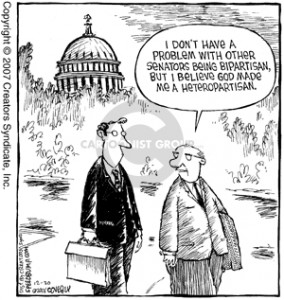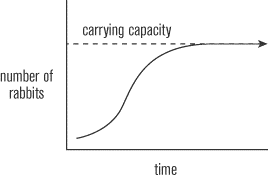My work of climate change fiction takes it inspiration from the classic 8-bit video game, The Oregon Trail. My goal with this project is to design a video game that is both fun to play, but also is informative, educational, and adheres to the constructed genre expectations that we created in class for Climate Change Fiction. For the purpose of the project, and due to my lack of drawing ability, I am going to focus more on the plot and setting as opposed to the gameplay and visuals. The game will hold true to its predecessor and be based on text commands in order to venture through the game.
I remember growing up and playing the Oregon Trail video game in elementary and middle school. I thought it was just a cheesy game that Oregon students played during their grade school years to help them better understand the Oregon Trail. It wasn’t until years later that I discovered that the game was widely popular all over the country and was considered a cult classic. This was an example of an educational video game that was popular. It was both fun to play and informative, which was my overall goal with this project. The original Oregon Trail game was released in 1971, and this could be an idea for an update that is both pertinent and helps educate the up and coming youth about climate change.
Brief Excerpt: My vision with this game, and something that will make it unique is that it will not be the same experience every time. You will start in the same location, the same year, and travel to the same location, but much like the weather and climate change, it will be entirely unpredictable. One journey you may face multiple horrific weather events that ravage your food supplies, caravan, and animals. Others you may experience various bouts of disease that once may have seemingly been things of the past. Bouts of smallpox, yellow fever, and other diseases run rampant in this world and medication for them is not cheap. You can’t protect yourself against them all, so you must make a wise prediction about what you may encounter.


